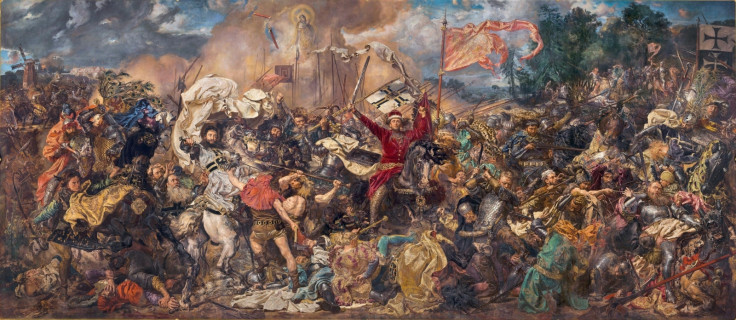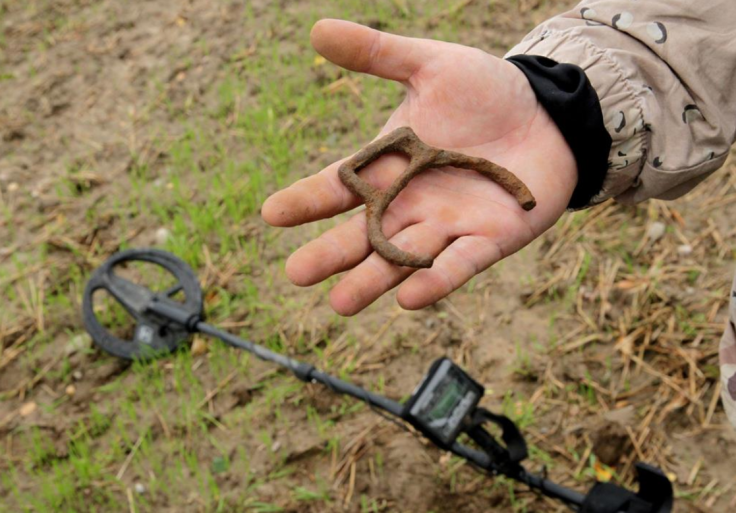600-year-old Prussian spearheads from the Battle of Grünwald unearthed
The battle was a turning point in late medieval Europe.

A total of 87 historic spearheads, arrowheads and other artefacts have been discovered at the site of the 15th century Battle of Grünwald.
The battle took place on 15 July 1410. It was part of the Polish-Lithuanian-Teutonic War, during which the Lithuanians defeated the Teutonic Knights of Germany and Prussia. It was the moment that the balance of power in Central and Eastern Europe shifted decisively towards Lithuania and Poland.
For four years, archaeologists have been scouring the ancient battleground to recover fragments of weapons and seals used. In 2016, 22 arrowheads and spearheads were found. This year's haul has been unusually prolific.
"This is a large number," Szymon Drej, director of the Battle of Grünwald Museum, told the Polish Press Agency.
"This is a very interesting find, confirmed in written materials. Some of the Teutonic Knights took over long spears from the Prussian tribes. The heavy knights used lances, but some of the Teutonic Knights used Prussian long spears because they were lighter, shorter, they could be pushed and not just used to attack straight ahead."
5,000 out of 39,000 Polish-Lithuanian soldiers died in the battle, compared with 8,000 dead from the Teutonic forces and 14,000 captured out of 27,000.
One intriguing find from the site was a seal engraved with the shape of a pelican feeding drops of its blood to its chicks. The pelican is usually a symbol of the body of Christ.
"The artefact is more likely connected with the chapel and the liturgy than with the battle itself. It appears to come from the 16th to 17th century, but accurate dating will be known after consultation with art historians," said Piotr Nowakowski, head researcher and archaeologist at the museum. "It is certainly not a heraldic seal, there is no legend, only the image itself."
Archaeological investigation of the site will continue in the coming months, in the hope of unearthing more artefacts that can shed light on the history of the battle.
"So far, we have searched about 120 hectares with detectors, which leaves about 500 hectares of land. Even if we do not find anything in the designated plot, we narrow down the area for further search. To make research results more reliable, a georadar survey should be introduced, but nevertheless the search so far is a clue," said Nowakowski.

© Copyright IBTimes 2024. All rights reserved.






